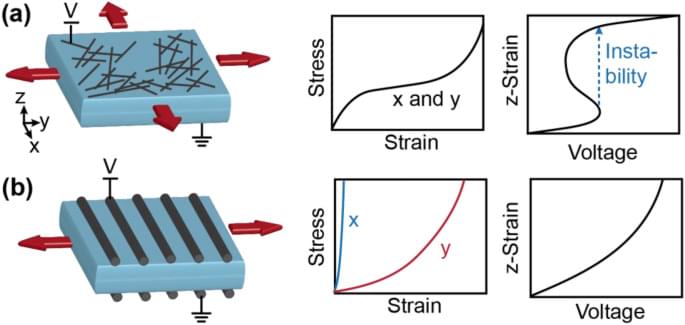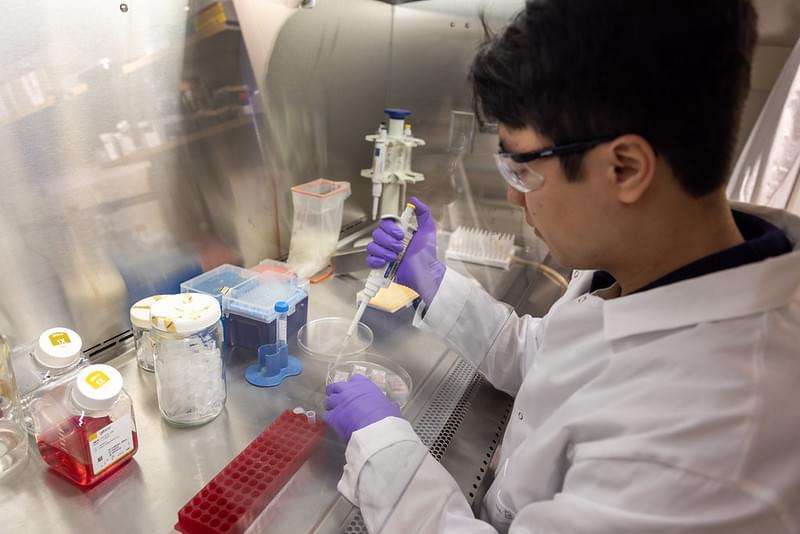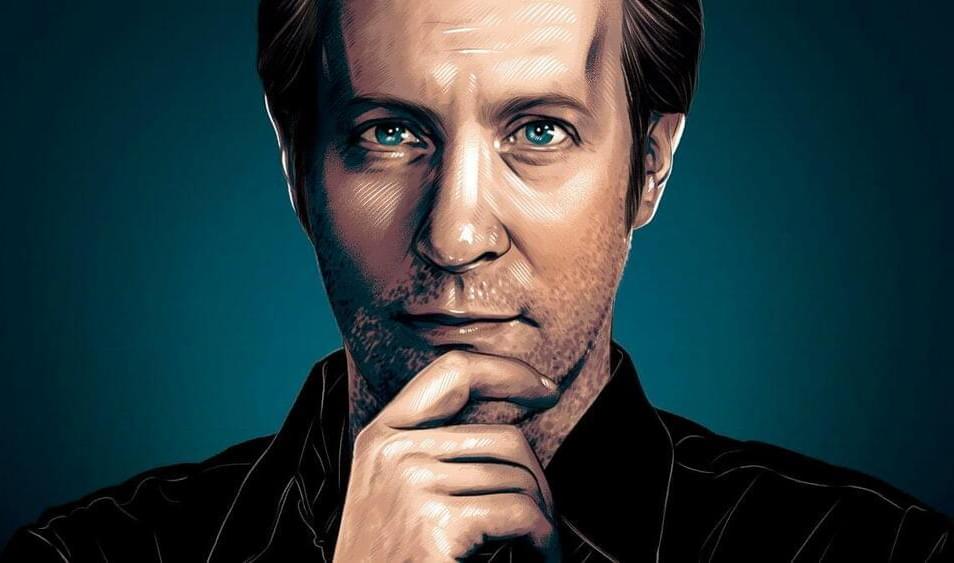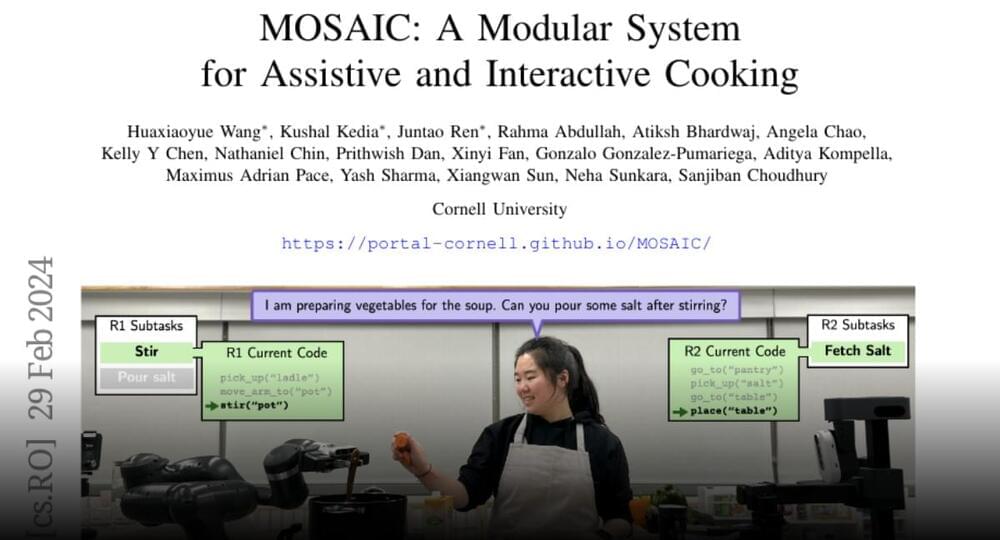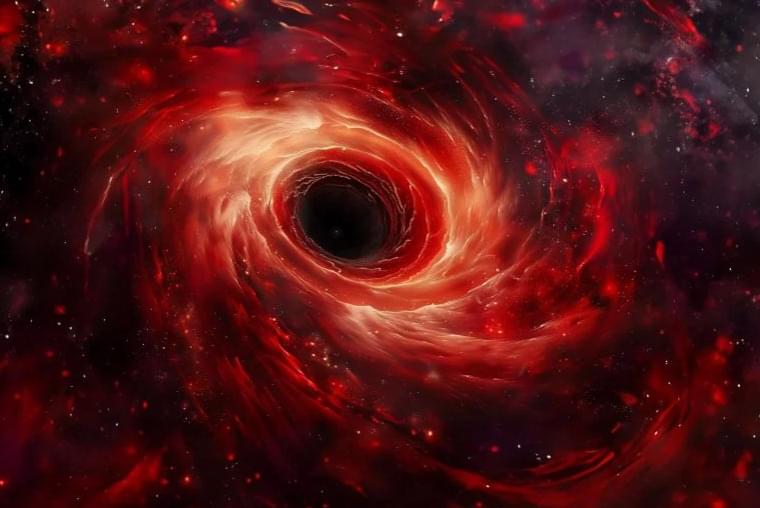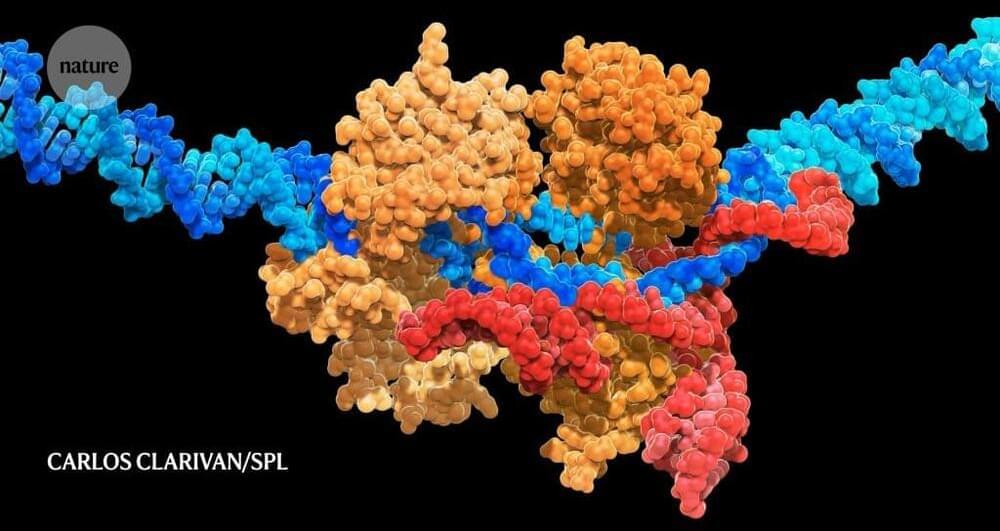Firoozan, M., Baniassadi, M., Baghani, M. et al. In silico optimization of aligned fiber electrodes for dielectric elastomer actuators. Sci Rep 14, 4,703 (2024). https://doi.org/10.1038/s41598-024-54931-y.
The Isaac Newton Institute for Mathematical Sciences (INI) in Cambridge hosted a research programme on one of the most pressing problems in modern physics: to build a theory that can explain all the fundamental forces and particles of nature in one unifying mathematical framework. Such a theory of quantum gravity would combine two hugely successful frameworks on theoretical physics, which have so far eluded unification: quantum physics and Einstein’s theory of gravity.
The Black holes: bridges between number theory and holographic quantum information programme focusses on black holes, which play a hugely important part in this area, on something called the holographic principle, and on surprising connections to pure mathematics. This collection of articles explores the central concepts involved and gives you a gist of the cutting edge research covered by the INI programme.
The first organized stem cell culture model that resembles all three sections of the embryonic brain and spinal cord, and produces a full model of the early stages of the human central nervous system, has been developed by a team of engineers and biologists at the University of Michigan(U-M), the Weizmann Institute of Science, and the University of Pennsylvania (UPenn).
“Models like this will open doors for fundamental research to understand early development of the human central nervous system and how it could go wrong in different disorders,” said Jianping Fu, PhD, professor of mechanical engineering at University of Michigan.
This work is published in Nature in the paper, “A Patterned Human Neural Tube Model Using Microfluidic Gradients.”
Argonne’s Science 101 series takes you back to the basics, with plain-language explanations of the scientific concepts behind our pivotal discoveries and our biggest innovations.
In this Science 101 video, postdoctoral researchers Gillian Beltz-Mohrmann and Florian Kéruzoré explore two of the biggest mysteries in science: dark matter and dark energy. These strange influences seem to be stretching the universe apart and clumping stuff together in unexpected ways. Together, they make up a whopping 95% of the universe, but because we can’t see or touch them, we don’t know what they are.
Researchers around the globe, including scientists at the U.S. Department of Energy’s Argonne National Laboratory, are investigating the nature of dark matter and dark energy through large cosmological surveys, particle physics experiments and advanced computing and simulation.
Find out more about Argonne Science 101 ►► https://www.anl.gov/science-101
Still haven’t subscribed to Argonne National Laboratory on YouTube? ►► http://bit.ly/2Vyzwvm.
Join us on Facebook http://bit.ly/ArgonneFacebook.
Nothing of the mind is foreign to David Eagleman, neuroscientist, technologist, entrepreneur and one of the most interesting scientific writers of our time. Born in New Mexico 52 years ago, he now researches cerebral plasticity, synesthesia, perception of time and what he called neurolaw, the intersection of the brain’s knowledge and its legal implications. His 2011 book Incognito: The Secret Lives of the Brain has been translated into 28 languages, and he returned to publishing with Livewired: The Inside Story of the Ever-Changing Brain, which focuses on a fundamental idea for today’s neuroscience: that the brain is constantly changing to be able to adapt to experience and learning. The science he brings to us isn’t merely top-notch, but firsthand, and his brilliant, crystal-clear writing — a perfect reflection of his mind — turns one of the most complex subjects of modern-day research into food for thought for the interested reader. We spoke with him in California by videoconference, the first interview that he’s given to a Spanish publication in a decade.
Could a newborn brain learn to live in a five-dimensional word? “We don’t actually know which things are pre-programmed and how much is experiential in our brains,” he replies. “If you could raise a baby in a five-dimensional world, which, of course, is unethical to do as an experiment, you might find that it’s perfectly able to function in that world. The general story of brain plasticity is that everything is more surprising than we thought, in terms of the brain’s ability to learn whatever world it drops into.”
Eagleman pulls out a sizable bowl of salad from somewhere, scoops a forkful into his mouth and continues his argument: “The five-dimensional world is hypothetical, but what we do see, of course, is that babies dropping into very different cultures around the planet, whether that’s a hyper-religious culture or an atheist culture, whether it’s a culture that lives on agriculture or a culture that is super technically advanced like here in Silicon Valley, the brain has no problem adjusting. My kids, when they were very young, could operate an iPad or cell phone just as easily as somebody growing up in a different place would operate farming equipment. So, we do know that brains are extremely flexible.”
This CU Cancer Center Lunch and Learn from 2/21/2024 featured CU Cancer Center members Rajesh Agarwal, PhD, Stacy Fischer, MD, and Jamie L. Studts, PhD.
MOSAIC
A modular system for assistive and interactive cooking.
Join the discussion on this paper page.
NASA’s James Webb Space Telescope (JWST) has detected a unique and “intensely red” supermassive black hole hidden in one of the oldest part of the universe.
Scientists proposed the reddish black hole was the outcome of an enlarged universe just 700 million years following the Big Bang, as given in a paper published this month in the journal Nature. Its colors are because of a solid layer of dust compressing a lot of its light, they said.
Whereas for the first time the cosmic monster was technically invented last year, astronomers have now spotted that it is much more massive than anything else of its type in the field, making it strange discovery that could rescript the way we think how supermassive black holes increase relative to their host galaxies.
Strategies differ, but there are some gene edits that all researchers agree must underpin any universal stem-cell-derived therapy. There is also widespread consensus that the optimal product should incorporate as few edits as possible, both to minimize the potential for unintended genetic consequences and to streamline manufacturing and regulatory approval.
Beyond that, the scientific community is divided. The complexities of the immune system have fuelled spirited debates over the exact genetic manipulations necessary to create a cell therapy that is both capable of bypassing immune defences and delivering meaningful health benefits.
“The immune system is pervasive and persistent,” says Charles Murry, a cardiovascular pathologist at the University of Washington in Seattle and chief executive of StemCardia in Seattle, one of a growing number of biotechnology companies developing gene-editing strategies to overcome immune barriers in regenerative cell treatments.
